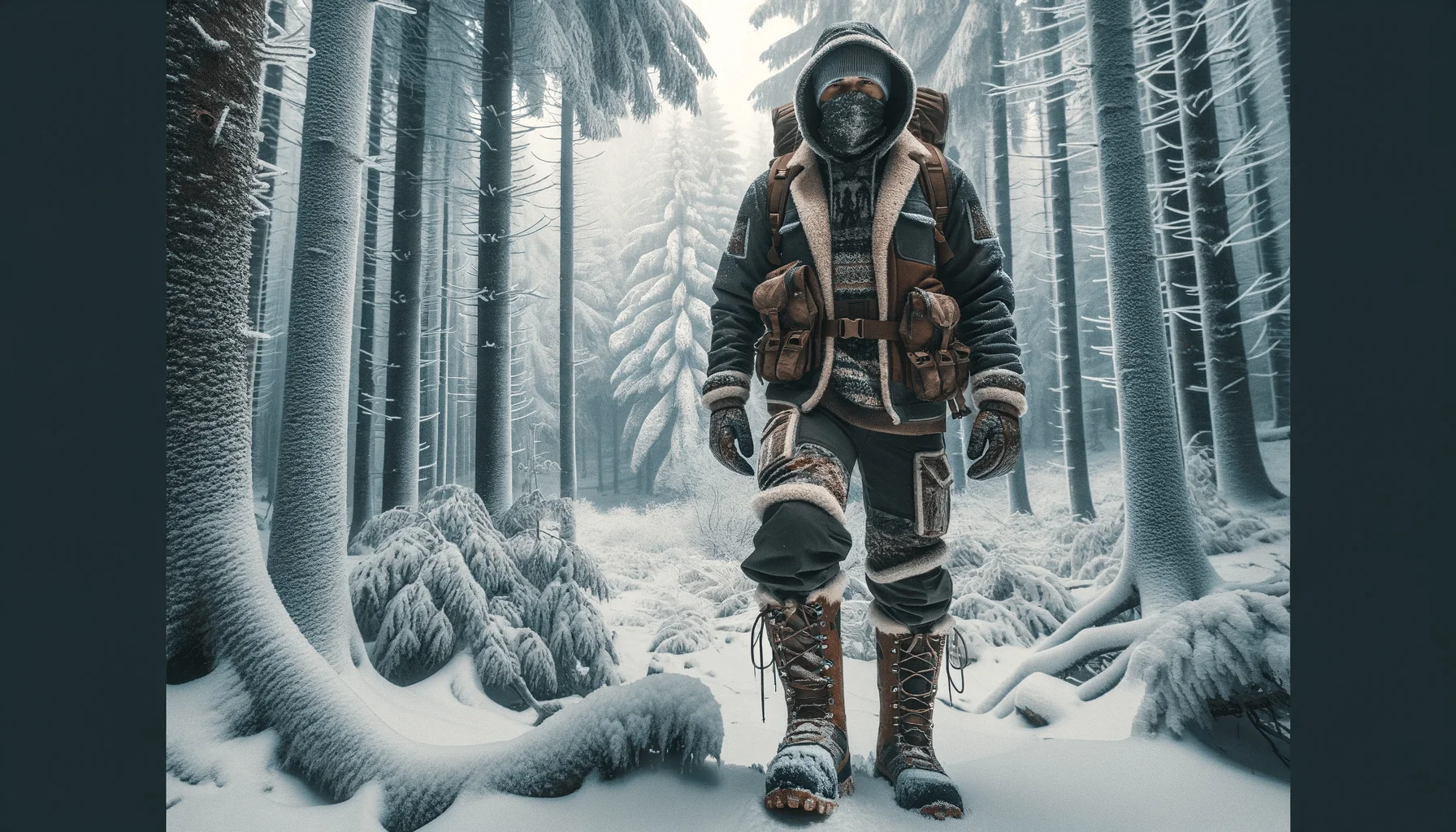
Table of Contents
As winter casts its frosty blanket over the forests and fields, it’s time for hunting enthusiasts to gear up for cold weather hunting expeditions. The crisp air, the silent woods, and the challenge of tracking game in the snow offer an exhilarating experience unlike any other season. In this comprehensive guide, we’ll delve into the essentials of preparing for winter hunting, ensuring you stay warm, safe, and successful in your pursuits.
Before diving into gear and strategies, it’s crucial to understand the winter hunting environment. This includes recognizing the behavioral patterns of game in cold weather and the potential challenges posed by the elements.
Equipping yourself with the right gear is vital for a successful and comfortable winter hunting experience. From clothing to equipment, every piece plays a role in your safety and effectiveness.
Winter hunting requires different strategies compared to other seasons. Understanding animal tracks, using the snow to your advantage, and knowing when to strike are key.
Safety should never be compromised, especially in the challenging conditions of winter hunting. We’ll cover essential safety and survival tips to keep you secure out in the wilderness.
As hunters, it’s our duty to respect the wildlife and the environment. This section emphasizes ethical hunting practices and the importance of conservation during the winter season.
Winter hunting is not just a sport; it’s an adventure that connects you with nature in its most pristine form. With the right preparation, gear, and mindset, you can transform this challenging endeavor into an unforgettable experience. So gear up, step into the tranquility of the winter woods, and embark on a hunting journey that’s as rewarding as it is exhilarating.
A1: Layering is key. Start with moisture-wicking base layers, add insulating mid-layers, and finish with a waterproof and windproof outer layer. Focus on protecting extremities with quality gloves and insulated boots. Hand and foot warmers can provide extra warmth.
A2: Cold weather can affect a firearm’s performance. Use a lighter oil for lubrication, as standard oils can thicken in the cold. Keep your firearm dry to prevent freezing. Also, practice shooting with gloves on to ensure comfort and accuracy during the hunt.
A3: High-energy, non-perishable foods are ideal. Energy bars, nuts, dried fruits, and jerky provide quick energy and are easy to carry. Bring a thermos with a hot drink or soup to help maintain body heat.
A4: Always carry a GPS device and a physical map of the area. Inform someone of your hunting plan and expected return time. Stay aware of your surroundings and landmarks. Consider using brightly colored tape to mark your route in densely wooded areas.
A5: You can support conservation by following ethical hunting practices, adhering to bag limits, and participating in habitat restoration projects. Joining conservation organizations and contributing to wildlife research can also make a significant impact.
A6: Study different animal tracks and their patterns. Pay attention to the size, shape, and stride of the tracks. Fresh tracks will have sharp edges, while older tracks appear more rounded due to melting. Understanding the behavior of the animal can also help in identification.
A7: Use white or snow-patterned camouflage clothing to blend with the snowy background. Break up your silhouette with gear that matches the texture of the environment. Remain still as movement is more noticeable against the static winter backdrop.
These FAQs provide additional insights and practical tips for winter hunting enthusiasts. For more detailed information, don’t hesitate to dive into specific chapters of our comprehensive guide or contact us for personalized advice. Stay safe and enjoy your winter hunting adventures!
For decades, the 3–9×40 rifle scope has been one of the most iconic optics used…
Tuning a compound bow can feel intimidating, especially if you’re new to archery or don’t…
The world of compound bows is filled with innovation, craftsmanship, and brand loyalty. Among all…
A hunting rifle is one of the most trusted tools in the field. It doesn’t…
Upland bird hunting especially for pheasant and quail is one of the most rewarding pursuits…
A hunting rifle is more than just a tool it’s a trusted companion in the…
This website uses cookies.